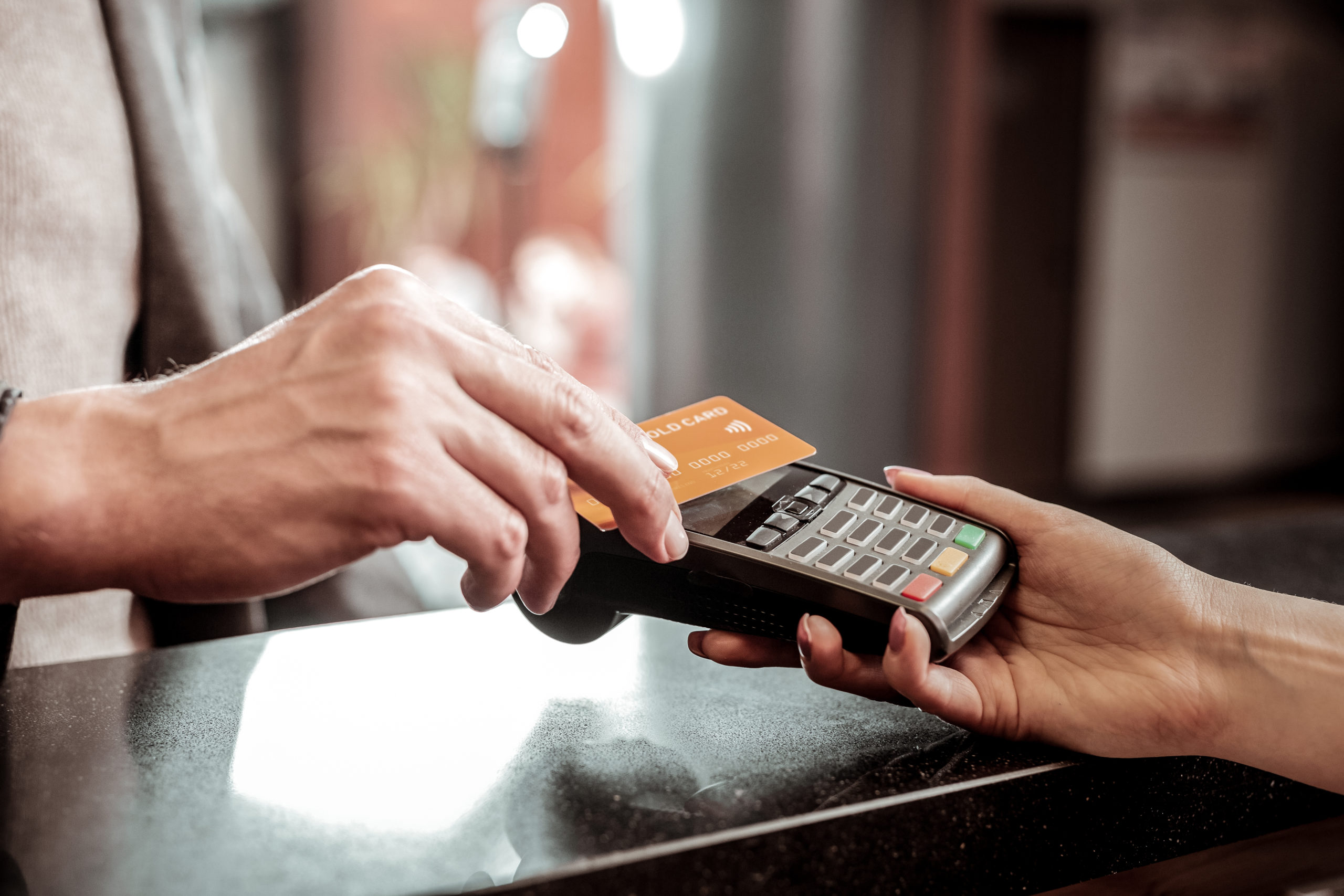Estimated reading time: 4 minutes
Contactless payment on phones is skyrocketing, and it’s a trend that was predicted when smartphones first started becoming popular. Tech experts agreed that making a payment with a phone would become a major payment method.
And for users just transitioning from older “dumb phones,” this prediction seemed outlandish.
Fast-forward to 2022, and 70% of customers request contactless payment on their phones at US merchants. However, many businesses are falling short of the demand for a few reasons:
- High costs (often misunderstood)
- Fear of increased chargebacks
- Concerns about increasing fraud
Retailers that do accept contactless payments are seeing major advantages.
Business Advantages of Accepting Contactless Payment on Phone
Contactless payments truly rose in popularity following COVID-19, and CNBC conducted a survey that found over 51% of people used contactless payment during the pandemic. The pandemic accelerated usage, which is thought to be around 70%.
Of course, not all 70% of purchases are contactless, but this is the percentage of people who use this form of payment.
From a business standpoint, contactless payments are advantageous and help:
- Add cleanliness to a store because consumers don’t have to type in codes or use terminals to make a payment.
- Improve health safety for staff when compared to using cash or card.
- Keep demand high, as 67% of consumers are satisfied with this payment method.
- Improve customer satisfaction due to shorter lines and faster checkout process.
- Reduce fraud risks because transactions are safe and secure. Tokens are used along with one-time security to complete the transaction. Even if a hacker were to somehow get this token and code, they wouldn’t have the option of using it to make additional purchases.
Businesses also attract new customers and enjoy faster lines due to not having to swipe cards or deal with cash counting and change.
Small businesses note that transaction times are notably shorter when using contactless payment, making staff more efficient. Operational efficiency is crucial for smaller businesses, and customers are happier, allowing for a win-win situation for all parties involved.
How Does Contactless Payment Work on Your Phone?
Paying using contactless payment on phones doesn’t cost a business any more money than a standard charge. Companies often assume that accepting this new, exciting form of payment means more fees.
However:
- Fees are the same as a credit charge
- Security remains high
- Payments are up to 10 times faster
- Fund delivery, specifically with Apple Pay, is faster, which is beneficial for merchants
Contactless payments on a phone are fast and easy, and they also compete well against contactless credit cards. In fact, they connect directly to the person’s credit or debit card, so they have everything they need today to begin tapping their phone to make a payment.
Growth for Contactless Payment on a Phone is Still Hindered
Consumers must take a few additional steps if they want to make payments on their phones. While many people have already taken these steps, others have not. Here are a few reasons why adoption of this payment method has been slow:
- Setup. Users need to set up contactless payments on their phones, and this stops many people from actually making a purchase. Apple Pay and others have helped make the setup easier in recent years to speed up adoption.
- Retailer adoption. Consumers who prefer and are already using some form of contactless payment on their phones have also had issues with retailers not accepting their payments. In some cases, retailers may accept one form of contactless payment and not another, causing consumers to fall back on cash or card purchases.
- Experience. Reports on why people aren’t using their phones for payments show that the main issue is execution. Slow and failed experiences are two of the main hindrances for consumers, and many consumers are also concerned about the security risks of using smartphones.
Since setup is simple and easy, it’s something businesses can nudge their consumers to adopt. Gen Z is embracing the technology, but boomers are slow to adopt the change. Promoting usage is easy.
Add signage to alert consumers that they can pay faster using their smartphones. Digital signs can show people (during checkout and while they’re in line) how to set up Apple Pay, Google Pay, or one of the many other wallets to make payments.
Businesses can include QR codes at checkout or an NFC-enabled POS to accept payment.
If you go back a few years ago to 2017, you’ll find that contactless phone payments were not widely accepted. Some tech enthusiasts were using these features, but it accounted for a very small portion of purchases.
Today, the demand for contactless payments is at an all-time high and continues to rise.
Businesses that begin adopting these new, exciting forms of payment will attract new customers, retain old customers and be ready for the continual shift in how people pay for their goods and services.





